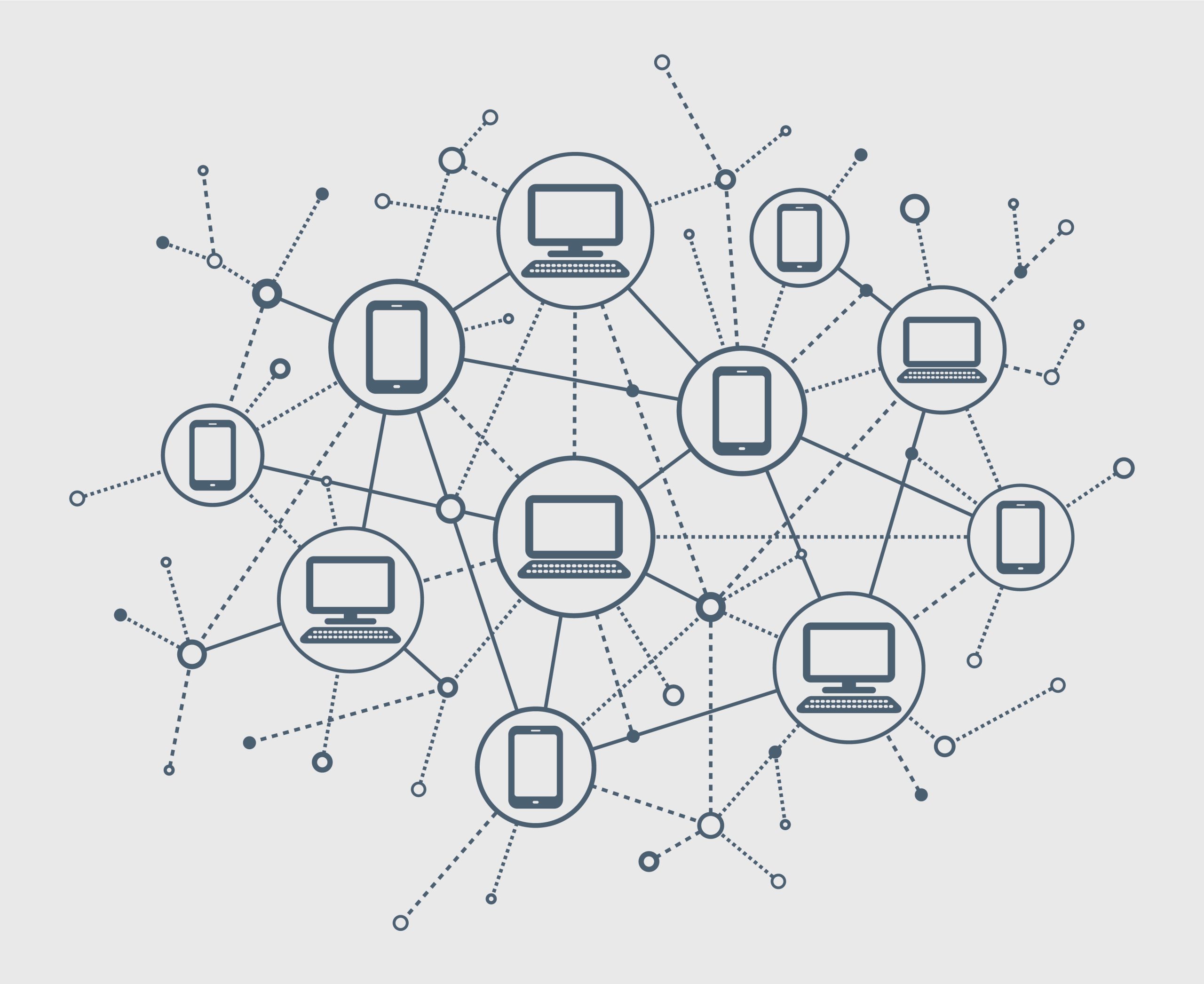Web3 is the next iteration of the internet, and it’s poised to revolutionize the way we interact with digital content. However, many people are still unsure about what Web3 is and how it will affect their lives. In this blog post, we’ll explore the idea that Web3 won’t require the masses to be “onboarded”, but rather, they’ll use blockchain-based apps just as they do today, and the underlying technology will provide enhanced utilities without the need for them to be aware of the details.
One of the biggest misconceptions about Web3 is that it’s a new internet that people will need to be “onboarded” onto. While it’s true that Web3 is a new way of interacting with digital content, it doesn’t require people to undergo a complex onboarding process. In fact, people will use Web3 apps in the same way they use apps today. The only difference is that the utilities provided by these apps will be built on blockchain technology, which provides enhanced security, transparency, and decentralization.
For example, imagine a social media app that’s built on Web3. Users will be able to interact with the app in the same way they do today – they’ll be able to post content, like and comment on other people’s posts, and follow their favorite creators. The difference is that the underlying technology will be blockchain-based, which means that the app will be more secure and transparent. Users won’t need to be aware of the details of how the blockchain works – they’ll just benefit from the enhanced utilities provided by the technology.
The same is true for other types of Web3 apps, such as decentralized finance (DeFi) apps. These apps allow users to access financial services without the need for intermediaries like banks. Users can lend and borrow money, trade cryptocurrencies, and earn rewards for providing liquidity. Again, users don’t need to understand the details of how the blockchain works – they just benefit from the enhanced utilities provided by the technology.
The fact that Web3 won’t require the masses to be “onboarded” onto a new internet is a huge advantage. It means that people will be able to benefit from the enhanced utilities provided by blockchain technology without needing to undergo a complex onboarding process. This will help to accelerate the adoption of Web3 and make it more accessible to a wider range of people.
However, it’s important to note that there are still challenges to be overcome in order to make Web3 a reality. One of the biggest challenges is the need for better user experiences. While Web3 apps may provide enhanced utilities, they can also be more complex and difficult to use than traditional apps. This means that developers need to focus on creating user-friendly interfaces that make it easy for people to use Web3 apps.
Another challenge is the need for better education and awareness about Web3. While people may not need to understand the details of how the blockchain works in order to use Web3 apps, they do need to understand the benefits that the technology provides. This means that there needs to be more education and awareness campaigns to help people understand the value of Web3.
In conclusion, the idea that Web3 won’t require the masses to be “onboarded” is a game-changer. It means that people will be able to benefit from the enhanced utilities provided by blockchain technology without needing to undergo a complex onboarding process. While there are still challenges to be overcome, the potential of Web3 to revolutionize the way we interact with digital content is enormous. By creating user-friendly interfaces and increasing education and awareness, we can accelerate the adoption of Web3 and make it more accessible to everyone.
